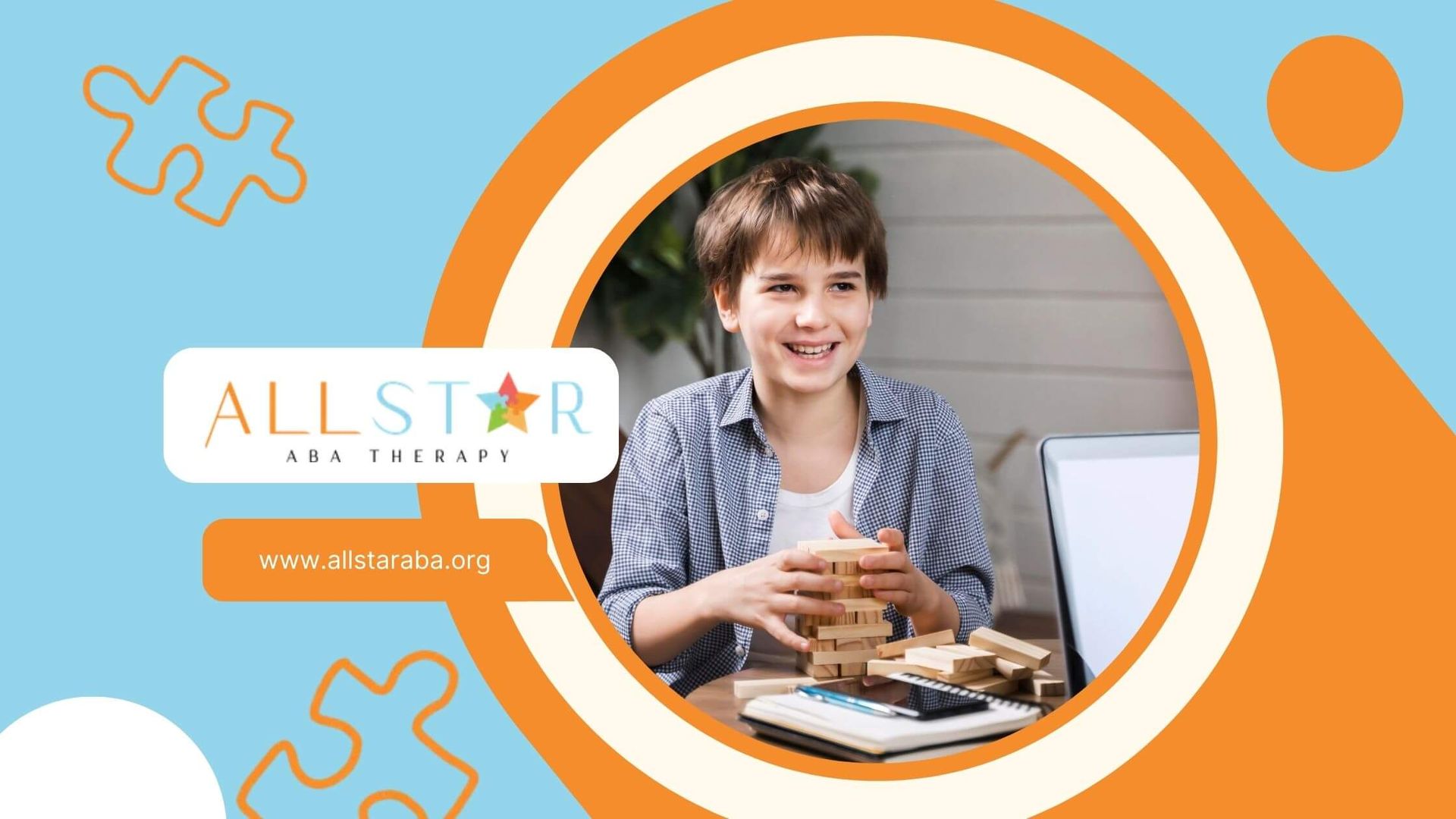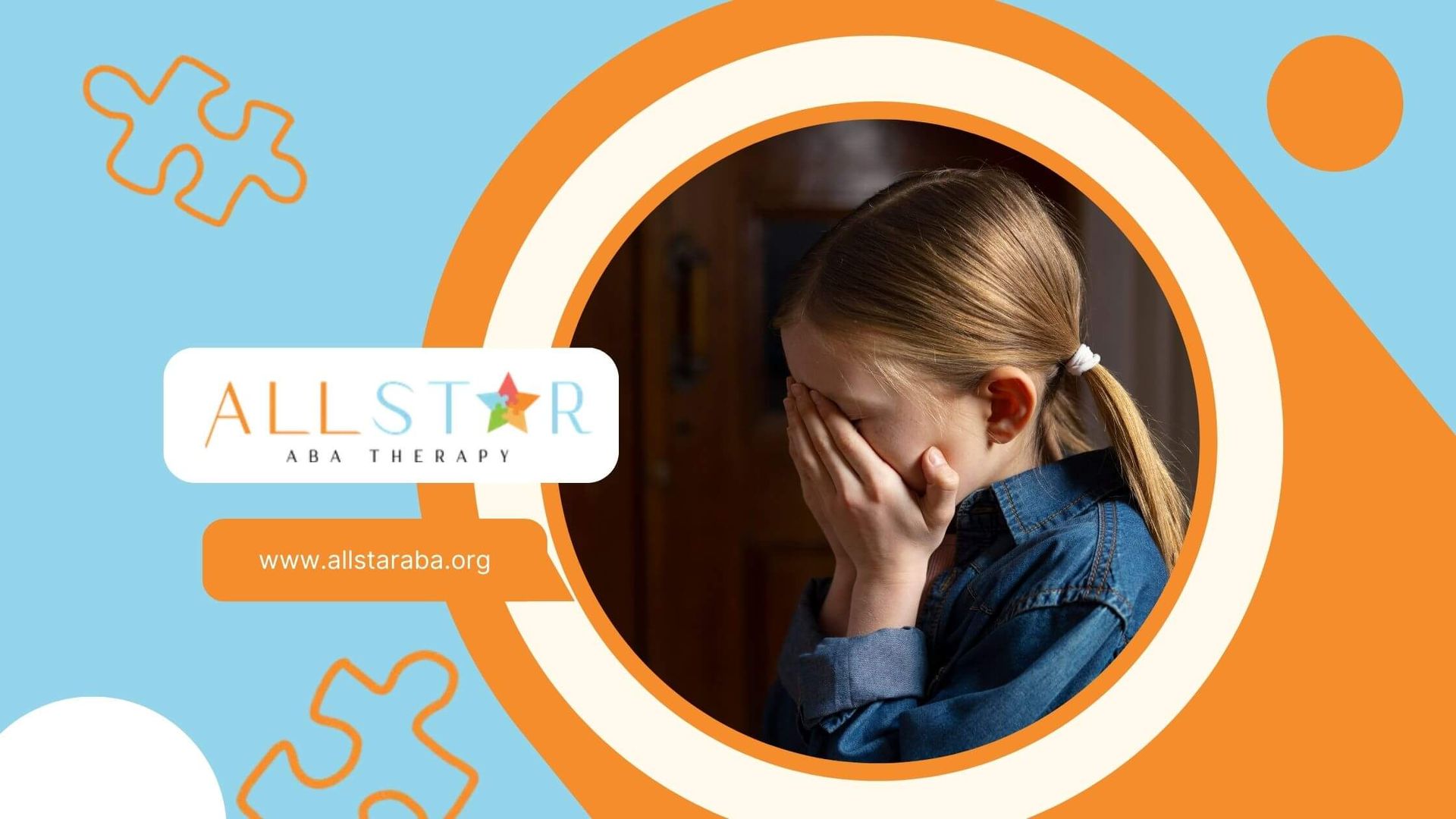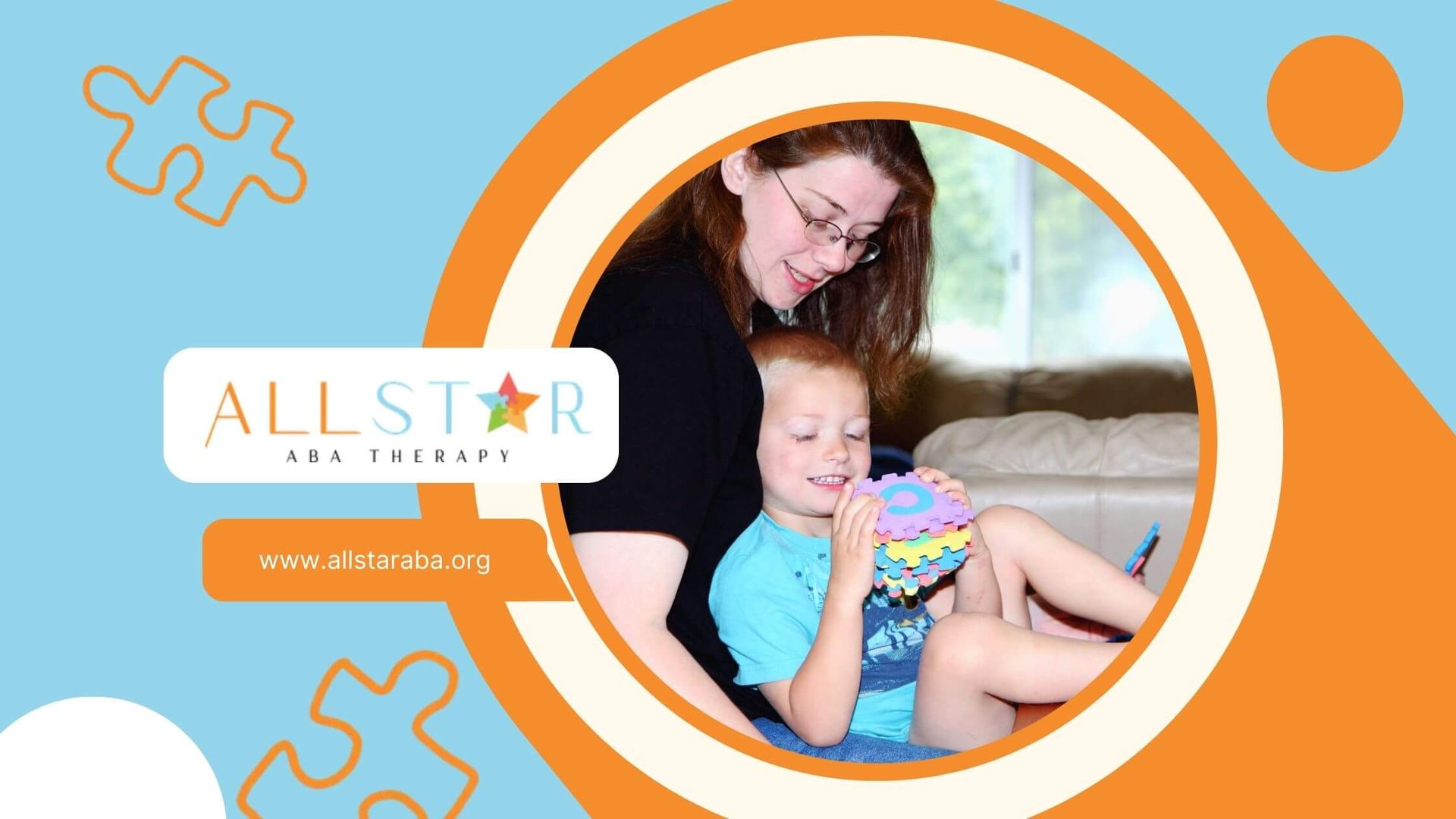New Paragraph
Can Autism Be Cured? Learn About Effective Treatments
Introduction
Autism spectrum disorder (ASD) is a neurodevelopmental disorder that affects individuals' social interaction, communication, and behavior. It is typically diagnosed in early childhood, and the prevalence of ASD has been increasing in recent years. Many parents and caregivers are eager to find a cure for autism, but the reality is that there is no known cure for the disorder. However, there are effective treatments available that can help manage the symptoms and improve the quality of life for individuals with ASD.
Early intervention is key when it comes to treating ASD. The earlier the intervention, the better the outcomes for individuals with ASD. This is why it is important for parents and caregivers to be aware of the signs and symptoms of autism and seek a diagnosis as early as possible. Once a diagnosis is made, a treatment plan can be developed to address the specific needs of the individual.
Behavioral therapies, such as Applied Behavior Analysis (ABA), are considered to be the most effective treatment options for ASD. ABA focuses on teaching new skills and reducing problem behaviors through positive reinforcement. Speech and language therapy and occupational therapy also play important roles in improving communication skills and daily living skills for individuals with ASD. In some cases, medication may be prescribed to manage certain symptoms of ASD, such as anxiety or seizures.
It is important for individuals with ASD and their families to be aware of fake and harmful treatments that claim to cure autism. These treatments can be dangerous and do not have any scientific evidence to support their effectiveness. It is always best to seek evidence-based treatments from qualified professionals who specialize in ASD.
Understanding Autism Spectrum Disorder (ASD)
Autism spectrum disorder (ASD) is a neurodevelopmental disorder that affects individuals' social interaction, communication, and behavior. It is characterized by a wide range of symptoms and varying degrees of impairment. ASD is typically diagnosed in early childhood, and the prevalence of the disorder has been increasing in recent years. It is important to understand that ASD is a lifelong condition, but with the right treatment and support, individuals with ASD can lead fulfilling lives.
The Basics of ASD
Autism spectrum disorder (ASD) is typically diagnosed in early childhood, usually around the age of two or three. Diagnosis is based on observation of behaviors and developmental milestones, as well as interviews with parents and caregivers. Some of the key signs and symptoms of ASD include difficulties with social interaction, communication challenges, and repetitive behaviors or restricted interests.
Individuals with ASD may have difficulty understanding and using nonverbal cues, such as eye contact and body language. They may struggle with social skills and have difficulty making and maintaining friendships. They may also have challenges in adapting to new social settings and may exhibit behaviors such as repetitive movements or intense interests in specific topics.
It is important for individuals with ASD to receive early intervention and support to develop their social skills and navigate social settings. With the right treatment and support, individuals with ASD can learn to adapt and thrive in social situations.
Signs and Symptoms to Look For
Early identification of autism spectrum disorder (ASD) is crucial for early intervention and effective treatment. There are several signs and symptoms that parents and caregivers can look out for. These may vary depending on the individual, but some common signs of ASD include:
- Communication challenges: Difficulty with speech or language development, limited or repetitive language, difficulty understanding or using nonverbal cues.
- Social interaction difficulties: Lack of interest in social interactions, difficulty making and maintaining friendships, lack of eye contact or social reciprocity.
- Behavior problems: Repetitive or stereotyped behaviors, intense interests in specific topics, difficulty with transitions or changes in routine.
- Lack of eye contact: Individuals with ASD may have difficulty making and maintaining eye contact, which can affect their ability to engage in social interactions.
It is important to note that these signs and symptoms can vary widely among individuals with ASD. If you notice any of these signs or have concerns about your child's development, it is recommended to consult with a healthcare professional for further evaluation and diagnosis.
Debunking Myths About Autism Cure
There are many myths and misconceptions surrounding autism spectrum disorder (ASD), particularly when it comes to the idea of a cure. It is important to debunk these myths and provide accurate information to individuals and families affected by ASD.
One common myth is the belief that autism can be completely cured. The reality is that there is no known cure for ASD. However, with early intervention and effective treatment, individuals with ASD can learn valuable skills and strategies to manage their symptoms and improve their quality of life.
It is important to focus on providing evidence-based treatments and support for individuals with ASD, rather than searching for a cure. Effective treatment options, such as behavioral therapies and supportive interventions, can help individuals with ASD thrive and reach their full potential.
Common Misconceptions
There are several common misconceptions about the treatment of autism spectrum disorder (ASD) that can lead to ineffective or potentially harmful approaches. One misconception is the belief that alternative treatments or therapies can cure autism. These alternative treatments, such as restrictive diets or unproven therapies, do not have scientific evidence to support their effectiveness and can be dangerous.
For example, some individuals may suggest eliminating gluten and casein from the diet as a treatment for ASD. However, there is no scientific evidence to support the effectiveness of this approach, and it may result in nutritional deficiencies and an unhealthy relationship with food.
It is important to seek evidence-based treatments for ASD, such as behavioral therapies and interventions provided by qualified professionals. These treatments have been proven to be effective in improving social skills, communication, and daily living skills for individuals with ASD.
Why Cure Isn't the Right Term
When it comes to autism spectrum disorder (ASD), the term "cure" is not the right term to use. ASD is a lifelong neurodevelopmental disorder that affects individuals' social interaction, communication, and behavior. It is not something that can be cured or eliminated.
Instead of focusing on a cure, it is more appropriate to focus on providing effective treatment and support for individuals with ASD. Treatment options such as behavioral therapies, speech and language therapy, and occupational therapy can help individuals with ASD develop valuable skills, improve their communication and social skills, and enhance their overall quality of life.
It is important to promote understanding and acceptance of individuals with ASD and to celebrate their unique strengths and abilities. Organizations such as Autism Speaks work to raise awareness and advocate for individuals with ASD and their families, promoting research and support services to improve outcomes for individuals with ASD.
Effective Treatments for ASD
While there is no known cure for autism spectrum disorder (ASD), there are effective treatments available that can help manage the symptoms and improve the quality of life for individuals with ASD. Some of the most effective treatment options for ASD include:
- Behavioral therapies: Behavioral therapies, such as Applied Behavior Analysis (ABA), are considered to be the most effective treatment approach for ASD. ABA focuses on teaching new skills and reducing problem behaviors through positive reinforcement.
- Speech and language therapy: Speech and language therapy helps individuals with ASD improve their communication skills, including speech, language comprehension, and social communication.
- Occupational therapy: Occupational therapy focuses on developing daily living skills and fine motor skills, such as dressing, eating, and handwriting.
These treatments are typically tailored to meet the specific needs of the individual with ASD and can be provided in a variety of settings, including schools, clinics, and homes.
Behavioral Therapies and Their Impact
Behavioral therapies, such as Applied Behavior Analysis (ABA), are considered to be the most effective treatment approach for individuals with autism spectrum disorder (ASD). ABA is a systematic approach to understanding and changing behavior. It focuses on teaching new skills and reducing problem behaviors through positive reinforcement.
ABA therapy involves breaking down skills into smaller, manageable steps and providing positive reinforcement for desired behaviors. This can help individuals with ASD learn new skills and improve their ability to communicate, interact with others, and engage in daily activities.
One of the key goals of ABA therapy is to promote positive behaviors and reduce problem behaviors. By reinforcing positive behaviors, individuals with ASD can learn and generalize these skills to different settings and situations. ABA therapy can also help individuals with ASD develop valuable social skills, improve their communication abilities, and enhance their overall quality of life.
Role of Speech and Language Therapy
Speech and language therapy plays a crucial role in the treatment of individuals with autism spectrum disorder (ASD). Communication challenges are a key characteristic of ASD, and speech therapy can help individuals with ASD improve their communication skills and overcome these challenges.
Speech therapists work with individuals with ASD to develop their speech, language comprehension, and social communication skills. They may use a variety of techniques, such as visual aids, picture exchange communication systems (PECS), and augmentative and alternative communication (AAC) devices, to support communication development.
In addition to speech and language skills, speech therapy also focuses on improving social communication skills. This includes understanding social cues, taking turns in conversation, and engaging in appropriate social interactions.
By addressing communication challenges and improving social communication skills, speech and language therapy can greatly enhance the ability of individuals with ASD to interact and communicate effectively with others.
Occupational Therapy for Skill Development
Occupational therapy plays a crucial role in the treatment of individuals with autism spectrum disorder (ASD). Occupational therapists work with individuals with ASD to develop their fine motor skills, sensory processing abilities, and daily living skills.
One of the key areas that occupational therapy focuses on is fine motor skills, which are essential for tasks such as writing, buttoning buttons, and tying shoelaces. Occupational therapists use various strategies and activities to help individuals with ASD improve their fine motor skills and develop greater independence in these activities.
Sensory processing is another area that occupational therapy addresses. Individuals with ASD may have difficulty processing sensory information, such as touch, sound, and movement. Occupational therapists use sensory integration techniques to help individuals with ASD develop strategies for processing sensory input and improving their ability to engage in daily activities.
Overall, occupational therapy aims to enhance the overall functioning and independence of individuals with ASD by addressing areas such as motor function, sensory processing, and daily living skills.
The Importance of Early Intervention
Early intervention is crucial when it comes to autism spectrum disorder (ASD). The earlier the intervention, the better the outcomes for individuals with ASD. Early intervention focuses on providing appropriate support and treatment to children with ASD during their early childhood years, when their brains are still developing rapidly and are more responsive to intervention.
By providing early intervention, children with ASD can have better opportunities to develop essential skills, such as communication, social interaction, and daily living skills. Early intervention can also help address any developmental problems or delays early on, allowing for more effective treatment and support.
It is important for parents and caregivers to be aware of the signs and symptoms of ASD and to seek a diagnosis and early intervention as soon as possible. Early intervention can make a significant difference in the lives of individuals with ASD, setting them on a path towards improved outcomes and a better quality of life.
Identifying ASD Early On
Identifying autism spectrum disorder (ASD) early on is crucial in order to provide early intervention and effective treatment. There are several signs and symptoms that parents and caregivers can look out for that may indicate the presence of ASD in young children.
Some common early signs of ASD include:
- Lack of or delayed speech development
- Limited or repetitive language
- Lack of eye contact or social reciprocity
- Difficulty with social interactions or understanding social cues
- Repetitive behaviors or intense interests in specific topics
If you notice any of these signs or have concerns about your child's development, it is important to consult with a healthcare provider, such as a pediatrician or developmental specialist. These professionals can conduct a thorough evaluation and provide a diagnosis if necessary.
Early identification of ASD allows for early intervention and treatment, which can greatly improve outcomes for individuals with ASD. It is important for parents and caregivers to trust their instincts and seek help if they have concerns about their child's development.
How Early Treatment Changes Outcomes
Early intervention for autism spectrum disorder (ASD) has been shown to significantly improve outcomes for individuals with ASD. By providing appropriate treatment and support during the early childhood years, when the brain is still developing rapidly, individuals with ASD can develop essential skills and improve their overall functioning.
Studies have shown that early intervention can lead to improvements in communication skills, social interaction, and daily living skills for individuals with ASD. These improvements can have a long-lasting impact on their quality of life and their ability to engage in meaningful activities and relationships.
Furthermore, early intervention sets the stage for ongoing treatment and support throughout the individual's life. It provides a foundation for continued growth and development, allowing individuals with ASD to reach their full potential.
Future studies continue to explore the benefits of early intervention and the most effective treatment approaches for individuals with ASD. It is clear that early treatment plays a critical role in changing outcomes for individuals with ASD and improving their overall quality of life.
Medications and Autism
Medication can play a role in managing certain symptoms of autism spectrum disorder (ASD), but it is not a cure for the disorder. Medication may be prescribed to help manage specific health issues or medical issues associated with ASD, such as anxiety, seizures, or attention deficit hyperactivity disorder (ADHD).
It is important to note that medication should be used in conjunction with other evidence-based treatments, such as behavioral therapies, and under the guidance of a healthcare professional. Medication can have side effects and should be monitored closely to ensure its effectiveness and safety.
It is recommended to consult with a healthcare provider who specializes in ASD to determine if medication is appropriate and necessary for an individual with ASD. The healthcare provider can provide guidance on the specific medications and dosages that may be appropriate for managing the individual's symptoms and improving their overall well-being.
When Medication is Considered
Medication may be considered as a treatment option for individuals with autism spectrum disorder (ASD) when specific symptoms or associated conditions, such as irritability, seizures, or attention deficit hyperactivity disorder (ADHD), are significantly impacting the individual's functioning and quality of life.
For example, individuals with ASD may experience irritability, aggression, or self-injurious behaviors that can be challenging to manage. In these cases, medication may be prescribed to help reduce these behaviors and improve overall well-being.
Seizures are another common co-occurring condition in individuals with ASD. Medication can be used to manage seizures and reduce their frequency and severity.
In some cases, individuals with ASD may also have ADHD, which can affect their ability to focus, concentrate, and control impulsive behaviors. Medication used to treat ADHD, such as stimulant medications, may be considered to help improve attention and reduce hyperactivity and impulsivity.
It is important to work closely with a healthcare provider who specializes in ASD to determine if medication is appropriate and necessary for an individual with ASD. The healthcare provider can assess the individual's symptoms and recommend the most appropriate medication and dosage.
Understanding the Benefits and Risks
When considering medication as a treatment option for autism spectrum disorder (ASD), it is important to understand both the benefits and risks associated with the medications. Some commonly used medications for managing symptoms of ASD include selective serotonin reuptake inhibitors (SSRIs), risperidone, and aripiprazole.
SSRIs, which are commonly used to treat anxiety and depression, may be prescribed to help manage anxiety symptoms in individuals with ASD. They work by increasing the levels of serotonin in the brain, which can help improve mood and reduce anxiety.
Risperidone and aripiprazole are antipsychotic medications that may be prescribed to help manage irritability, aggression, and self-injurious behaviors in individuals with ASD. These medications work by affecting the levels of certain chemicals in the brain, which can help reduce problem behaviors.
It is important to note that all medications have potential side effects, and these should be discussed with a healthcare provider. Each individual may respond differently to medication, and it may take time to find the most effective medication and dosage for managing symptoms of ASD.
The following table summarizes some of the benefits and risks associated with commonly used medications for ASD:
| Medication | Benefits | Risks |
|---|---|---|
| SSRIs | Reduces anxiety symptoms | Potential side effects, including nausea, headaches, and sexual dysfunction |
| Risperidone | Reduces irritability, aggression, and self-injurious behaviors | Potential side effects, including weight gain, sedation, and movement disorders |
| Aripiprazole | Reduces irritability, aggression, and self-injurious behaviors | Potential side effects, including weight gain, sedation, and movement disorders |
It is important to work closely with a healthcare provider to monitor the effectiveness and safety of medication and to discuss any concerns or side effects that may arise.
Support Systems and Resources
Support systems and resources play a crucial role in the treatment and management of autism spectrum disorder (ASD). For individuals with ASD and their families, having access to support and resources can greatly enhance their overall well-being and quality of life.
Caregivers and family members are often the primary support systems for individuals with ASD. They provide emotional support, advocacy, and assistance in navigating the various challenges that come with ASD. It is important for caregivers and family members to prioritize self-care and seek support from others who understand the unique challenges of raising a child with ASD.
In addition to family support, there are also various community resources available for individuals with ASD and their families. These resources may include support groups, educational programs, therapy services, and healthcare providers with expertise in ASD. It is important to connect with these resources to access the support and services that can help individuals with ASD thrive and reach their full potential.
Creating a Supportive Environment at Home
Creating a supportive environment at home is essential for individuals with autism spectrum disorder (ASD) to thrive and reach their full potential. Here are some strategies for creating a supportive environment at home:
- Establish routines and structure: Individuals with ASD often thrive in predictable and structured environments. Establishing daily routines and providing clear expectations can help individuals with ASD feel more secure and reduce anxiety.
- Use visual supports: Visual supports, such as visual schedules, social stories, and visual cues, can help individuals with ASD understand and navigate their daily routines. Visual supports can also be used to reinforce positive behaviors and provide visual reminders of expectations.
- Encourage communication and social interaction: Create opportunities for communication and social interaction at home. Encourage individuals with ASD to express their thoughts and feelings and provide opportunities for social engagement with family members.
- Reinforce positive behaviors: Positive reinforcement is a powerful tool for promoting positive behaviors. Provide praise, rewards, and encouragement for desired behaviors, and use strategies such as token systems or behavior charts to track progress.
- Create a sensory-friendly environment: Individuals with ASD may have sensory sensitivities. Create a sensory-friendly environment at home by reducing noise, providing comfortable seating, and offering sensory tools or toys to help individuals regulate their sensory experiences.
By creating a supportive environment at home, individuals with ASD can feel safe, supported, and empowered to learn and grow.
Finding the Right School and Education Plan
Finding the right school and education plan is crucial for individuals with autism spectrum disorder (ASD) to receive appropriate support and accommodations. Here are some considerations when it comes to finding the right school and education plan for individuals with ASD:
- Special education services: Look for schools that offer specialized programs and services for individuals with ASD. These programs may include individualized education plans (IEPs), specialized classrooms, and support from special education teachers.
- Social settings:
Consider the social settings and environment of the school. Some individuals with ASD may thrive in inclusive settings, where they can interact with typically developing peers, while others may benefit from smaller, more structured classrooms.
- Communication and speech therapy: Ensure that the school provides access to communication and speech therapy services. These services can help individuals with ASD develop their communication skills and interact effectively with others.
- Individualized support and accommodations:
Look for schools that prioritize individualized support and accommodations for individuals with ASD. This may include personalized learning plans, sensory supports, and behavioral interventions.
- Collaboration and communication: Choose a school that values collaboration and communication between teachers, parents, and therapists. Regular meetings and open lines of communication can ensure that the individual's needs are being met and that everyone is working together towards the same goals.
It is important to visit potential schools, meet with teachers and administrators, and ask questions to ensure that the school and education plan align with the individual's specific needs and goals.
Community Resources and How to Access Them
Accessing community resources is essential for individuals with autism spectrum disorder (ASD) and their families to receive support and services. Here are some strategies for accessing community resources for individuals with ASD:
- Research local resources: Take the time to research and identify local resources, such as community organizations, support groups, and therapy services that specialize in ASD. These resources can provide valuable support and information.
- Seek recommendations: Reach out to healthcare providers, therapists, and other individuals in the community who specialize in ASD. They can provide recommendations and referrals to trusted resources.
- Attend support groups:
Joining support groups can provide individuals with ASD and their families with a sense of community and a space to share experiences and advice. Support groups may be available in-person or online.
- Connect with healthcare providers: Healthcare providers who specialize in ASD can provide valuable guidance and information about community resources. They can also help navigate the process of accessing services and support.
- Stay informed: Keep up-to-date with the latest research and information about ASD by participating in webinars, workshops, and conferences. These events can provide valuable insights and connect individuals with ASD to experts in the field.
By accessing community resources, individuals with ASD and their families can find support, information, and services that can enhance their overall well-being and quality of life.
Conclusion
In conclusion, the journey of understanding and managing Autism Spectrum Disorder involves debunking misconceptions, exploring effective treatments like behavioral therapies, speech therapy, and early interventions, and creating supportive environments. While there is no cure for autism, early interventions and appropriate support systems can significantly improve outcomes for individuals with ASD. It's crucial to focus on providing the right resources, education plans, and community support to enhance the quality of life for individuals on the autism spectrum. By staying informed and compassionate, we can create a more inclusive and supportive environment for those living with ASD.
Need Support?
We're Here to Help!
Our experienced team is ready to assist you. Reach out today to discuss how we can support your child's development and well-being.
Get started with expert ABA therapy today.








